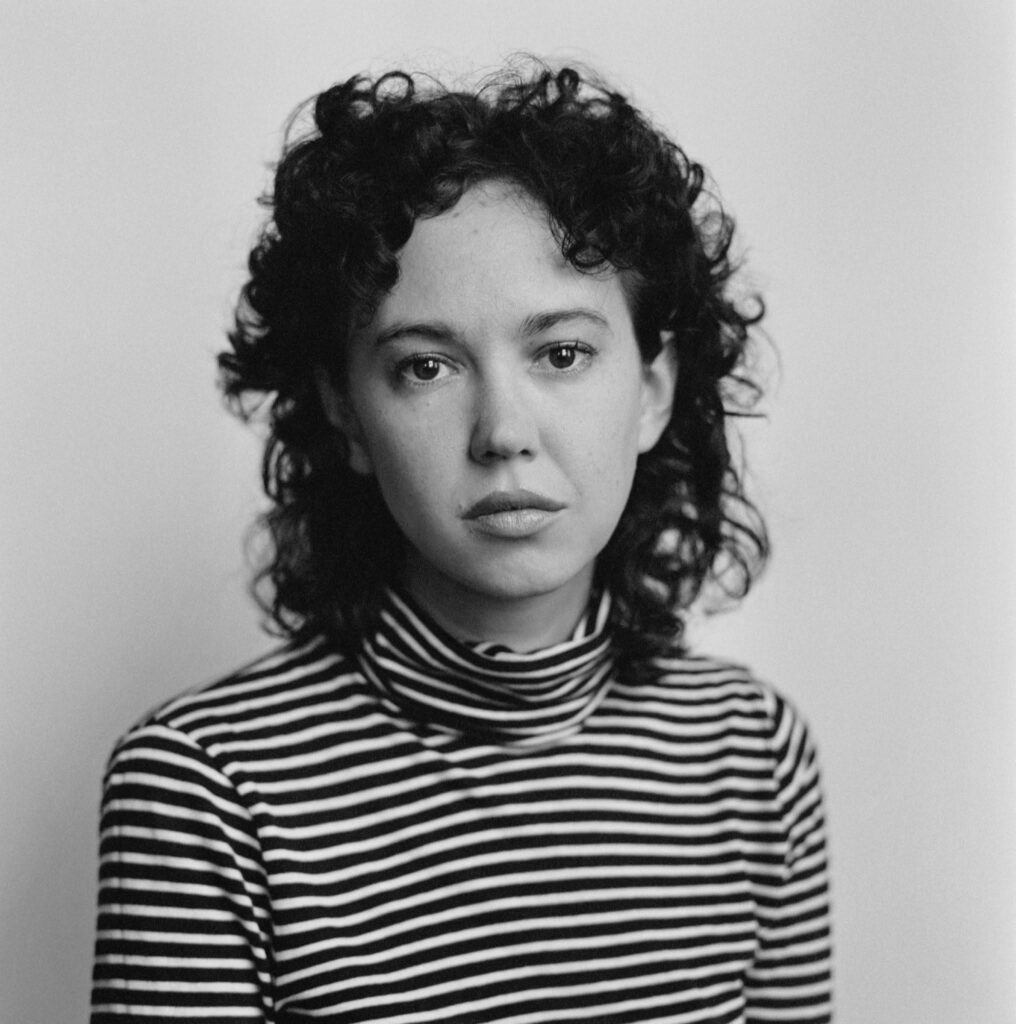
A few years ago, I was afflicted by a niche form of female hysteria, or a repetitive Freudian slip, or a recurring epiphany: I kept scrawling “self-preservation” in my notes when I meant “self-presentation.” But slipping into a tight dress or the right room are acts of self-branding as much as psychic survival for girls, raised with the awareness that we are being watched, ranked, and judged. From the Victorian era to today’s social media surveillance state, women have forever been pitted against each other for the prize of being seen.
The aughts were an especially mask-off era for this kind of cutthroat competition: an epoch of upskirt papparazzi pictures, “Who Wore It Better” tabloid features, America’s Next Top Model, a glut of plastic surgery reality television shows, low-rise jeans and G-strings, visible hipbones, and eating disorders that completed the look. This year saw women who came of age back then coming to their senses now, publishing feminist re-appraisals of early 2000s pop culture including Colette Shade’s Y2K: How the 2000s Became Everything, Alice Bolin’s Culture Creep: Notes on the Pop Apocalypse and Sophie Gilbert’s Girl on Girl: How Pop Culture Turned a Generation of Women Against Themselves. Next month, critic, editor, and novelist Natasha Stagg enters the fray with her second novel, Grand Rapids, a fictional foray into this very territory, risking finding herself in the blast radius of its many minefields in search of the sort of truths harbored in our imaginations.
She’s traveled this road before—in her first novel, Surveys, which followed a mall employee and Instagram influencer beset by ennui, and Sleeveless and Artless, her two collections of flirtatiously nondenominational prose (likely nonfiction, billed as “stories and essays”) dissecting the Manhattan art, literature, and fashion scenes from behind its velvet ropes and inside its smoking sections. In her latest dispatch, an aspiring “runaway girl,” adrift and attending a new school in a new town after her mother’s death, is “thrilled to be so incredibly, inconsolably sad,” until she meets someone who threatens to make her smile, even laugh. That girl’s name is Candy, and she is as hard as she is sweet, stuck between our narrator’s teeth.
This novel is alternately set during these girls’ high school years and in our protagonist’s 20s, a vantage point from which she recounts her coming of age for a prospective partner’s consumption. “Watching reality TV,” another man told her back then, “teaches you what editing does. Anything can be edited to seem more like a story, and real life isn’t a story.” This novel upends our notions of self-narrative, playing with the plot of a life like it’s putty, as malleable and pliant as an adolescent girl’s mind, and just as cunning. The best friends and sometimes-lovers at the heart of this story write their own arcs, sleeping with older men and each other, messaging a state politician in chat rooms, experimenting with intoxication, and sharing all their accessories, from boys to clothes. Stagg’s writing highlights the fact that picking a self to show someone you might love is a very different operation than picking one to post, if no less delicate or dangerous.
Ahead of her novel’s release next month, I spoke to Stagg about growing up, doing too much, reality television, graphic T-shirts, straight women complaining, and much more.
You began your career as a fiction writer, but your last two books rejected the usual genre categorizations and were legible as either stories or essays. Why return to the novel form now?
That was always the plan. I went to school for creative writing and wrote fiction the whole time, so I wasn’t used to writing personal essays, but [that form] ended up presenting itself more often as something that could get published once I moved to New York.
Your first novel, and your maybe-nonfiction, both satirize social media and mourn what we’ve lost to it. Why did you decide to write an aughts-era, pre-social media period piece?
That was an unconscious decision. I was so focused on social media for a while, just looking at how people were changing because of it. I got really sick of the effects of it; I left. With this book, I write about a time I lived through that was before social media. That was likely a choice I made in reaction to it.
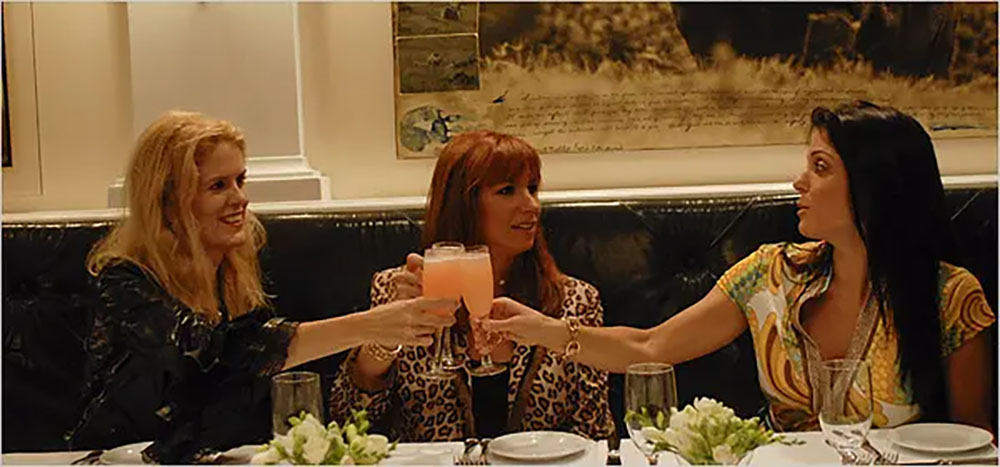
This novel features a fictional reality show reminiscent of franchises like The Real Housewives that started during that era. The characters in your novel are addicted to telling people that they know someone on the show—were you trying to explore how we got to today’s clout-chasing epidemic?
I’m curious about this idea that there’s always some way out of the life that you’re living. The most obvious one for teenagers is fame—or perhaps you wouldn’t call it fame, but being viewed by an audience bigger than the people you already know. That has always been a really key element to adolescence for me, that inclination to be seen by others.
Your protagonist fantasizes about being a “runaway girl.” Really, she’s running into yet another suffocating archetype—was that a red herring of an escape route?
I wanted this character to sound naïve. Obviously, she’s a teenager, so she has a limited imagination as to how to escape or what she could end up being. Moving to a new town gave her this idea that she could become a new person, but she’s having a hard time describing why she’s there, and what class background she feels like she’s from. It’s all typical teenage stuff, but that’s my main interest: What is a typical teenage dilemma and why is it so difficult?
While we’re talking difficulty—your writing has been called dissociated, disaffected, cynical party writing penned from the smoking section—which I’ve always found reflective of a total misunderstanding of the smoking section, which is actually where people are laughing the hardest and making friends with strangers. Your writing reads less cynical and more anxiously curious to me.
By now, I’m just used to being characterized that way. When people react so strongly to an author’s voice, it says more about them. You have to just take it and say, they don’t really like me or my style, or, they do, but they find it overly confident or immature.
You write that “the way women grow up is into each other”—a notion I found beautiful and true, if inherently contradictory, because we are also taught to grow away from each other. How did you see that sentiment reverberating and subverting itself in this story?
I wanted to convey the idea of a person looking back on their adolescence, from another period of great naïveté. The protagonist is in her 20s, looking at her teenage years and saying, “What I didn’t realize was this.” I’m writing this in my 30s, thinking that she’s not actually seeing everything yet either. The idea of women growing into each other is a bit of a double entendre: They copy and take on aspects of each other to become the person they admire, but then you have to become your own person, and own those parts that you took. A big part of friendships in your teenage years is just taking, taking, taking from everybody you know. It’s alienating, because suddenly you have to own those traits as yours, when embodying something of your friend’s was the whole point of the friendship.
There are recurring sections in which the narrator does one of the most naïve things a woman in her 20s can do: go on a date and describe herself.
I’m trying to present you with a narrator who is unreliable because she’s possibly on a date, which is a setting where you start by talking about yourself in cliches. And then, at least with my dates, I start to backtrack, to say, “Well, I didn’t really mean that because that’s making you think this, but maybe what I really meant is this.” You start to realize that you’re not a collection of generalizations, that you couldn’t possibly be explained in a single conversation. Realizing that might be the truth behind the whole story. This is an unreliable narrative, but it’s reliable in that it’s trying to get to some truth.
The young women in this novel pursue imbalanced heterosexual relationships, from age gaps to class differences. How does it feel to explore romantic dynamics wherein girls get themselves into risky situations purposefully and finding identity there, especially while many white women are boarding the heterofatalism train?
I’m dying to talk about the heterofatalism train. It probably has nothing to do with what I’ve written. I’m wary of saying, “When I was young, things were like this and they were better,” because they weren’t, obviously. But I do find this new way of talking about how men should behave so reductive, flat, and strange. It’s really not doing us any favors. Already we straight women are not on the best footing in society. We’re not saying the right things, and it’s not just the heterofatalist conversation. I see this all the time in the editing and lingo of reality shows. I think I’m seeing some relationship dynamic play out in a way that I understand, and then quickly, the show will tell me who was the winner of that argument, and I’m always wrong. I’m like, Wait, I thought that woman was being insensitive and not listening. But this seems to be the norm—it seems very current to be a super opinionated woman who is shooting herself in the foot by not listening to any feedback at all, except from other opinionated women who are saying, “You’re right. Go make money and don’t care about anything other than that.”
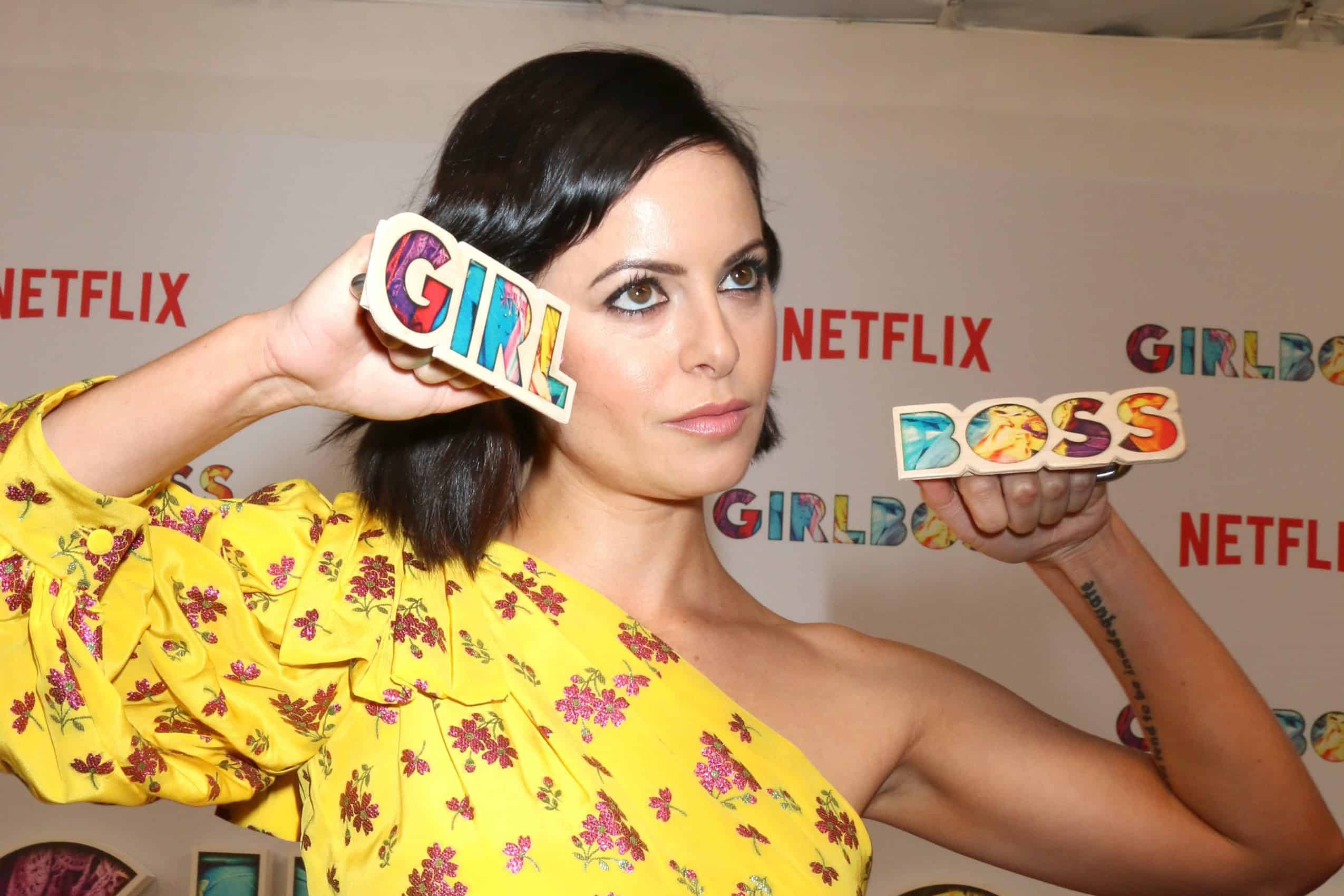
I feel like there’s a strain of heterofatalism that feels like a set of liberal women realizing that girlbosses were canceled on the left, so they decided to take the girlbossing out of the boardroom and into the bedroom. Maybe they think they can channel an attitude they’re no longer “allowed” to use to capitalist ends, and direct that irate energy at a nameless horde of men, because they can still be cast in the role of ultimate oppressor?
That’s actually so funny; I never thought about that. My thing is, I’m so pessimistic about dating. I’m a woman in my 30s, I live in New York, I’ve seen it. Men don’t take us seriously because, especially in the age of apps—I know I sound so annoying and old—you have a lot of expectations and no way to perform them. If you do hit it off with someone, you have to be aware that they’re dating 10 other people, because that’s just how it is. Maybe that’s always been the case, but the app thing makes it so we should all have our options open. That’s how app dating works; it’s the only way it will work. So the dating shows that come up are based on app dating styles. I keep on seeing these women on these shows saying, “I know my worth, I know my worth, I know my worth,” And trying to believe it themselves. But if a man says the same thing, he sounds really misogynistic.
Can you talk about how you approached writing sex? You’ve written about the supposed sex drought in Gen Z. I think your question around whether our pleasures define our era vs. our eras defining our pleasures is really relevant—I might sound insane, but I felt like the sex writing in this book was very War on Terror-informed to me—muted panic, hyper realism, anxious boredom…
[Laughs] I love that. I think all teenage sex is pretty awkward. Especially if you’re coming to terms with the questions: Do I have sex with my best friend who’s a girl? Do I have sex with an older man who’s sort of soliciting? Do I have sex with a slightly older man that’s just kind of fun and punk and out there? There are all these options and, as a girl, you’re trying to navigate what works best for you and also why sex can’t ever just be sex. It’s always a bit of a power play.
Your narrator says of her best friend that before meeting her, she “thought that the way to be cool was to show the least amount of effort possible, but Candy, the coolest person I’d ever met, did everything and looked down on anyone who didn’t.” I thought that was a gorgeous distillation of the difference between genuine cool and the type of cool you skewered in Sleeveless and Artless.
That’s still something I navigate myself: Where’s the line? When people say, “You’re doing too much,” I know that doing too much is a reality, and there is a line, but also having that hard line is a way of getting out of doing it, too. I had to be taught that, because I always thought, If I’m very cool and shy and do nothing, I’ll end up in the right place. But you do have to do something and speak up in conversations, or else you look stupid.
As someone who’s been accused of doing too much, I wonder, If I didn’t say all those things, how would this person and I have figured out what we have in common? Which is to say, I feel like there’s like an impulse towards connectivity throughout your work that is really beautiful and brave, sorry to be so cringe.
That’s why it surprises me when I am accused of being too aloof. Because I don’t see myself that way; I see myself as anxious and shy in new situations. I was very shy as a child and it’s internalized. I’m constantly afraid of the overcoming of that coming off as forced. I don’t think of myself as aloof in any way.
While we’re on the topic of things that are calculated and overdetermined, let’s talk fashion. You’ve written about the industry, so I’m curious about how you incorporated clothing, and women’s self-presentation into this novel, and what emotions the fashion industry is inciting in you lately?
Looking back on what one wore or thought about wearing in high school is always informative. When I really cared about other people’s clothes, I was very excited by plainness. At that point in my life, I only wore shirts that said really obnoxious, loud things. I thought that would make up for my shyness. I learned from new friends that that was doing too much, actually.
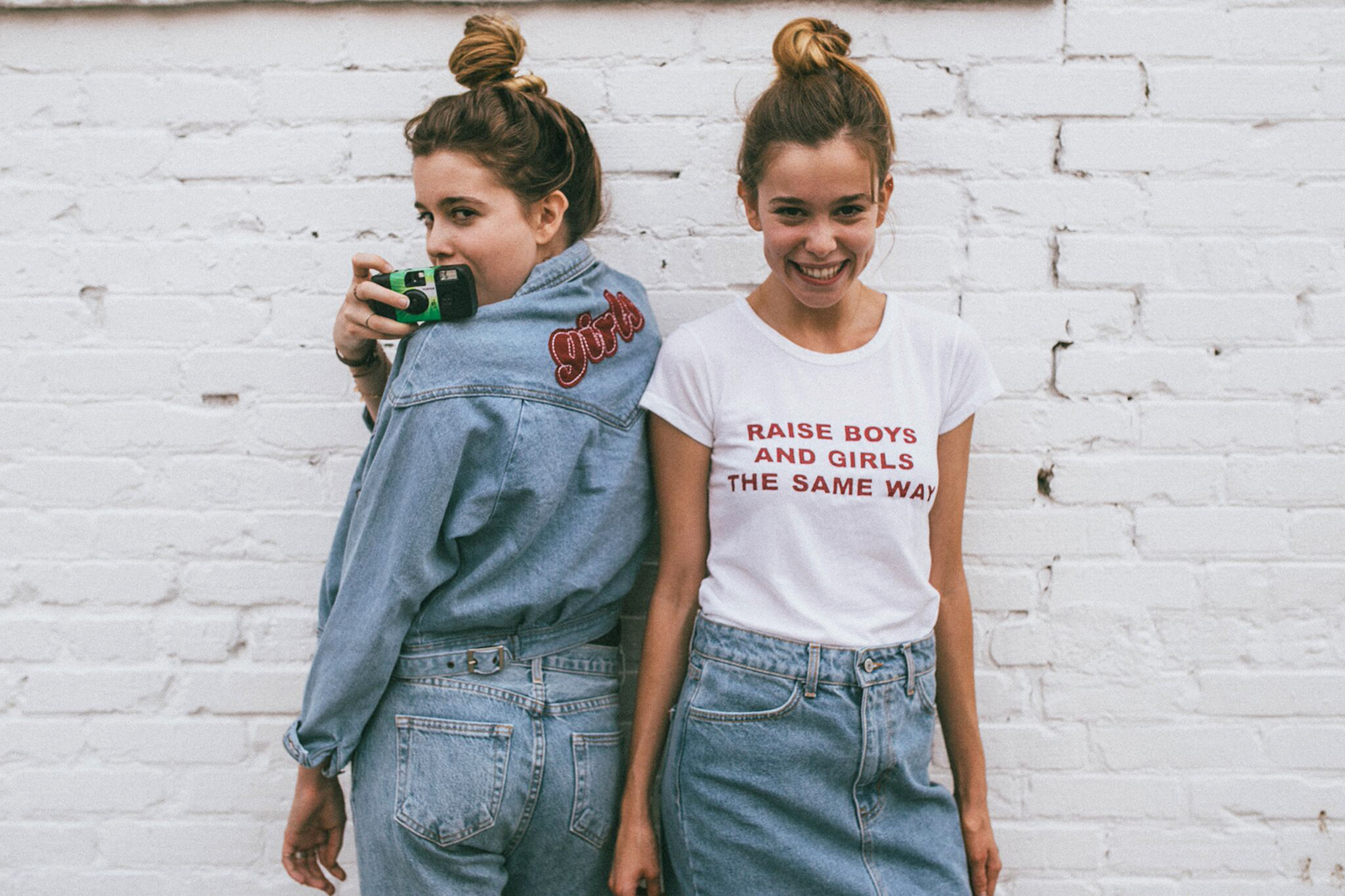
Little did you know, you’d be expected to wear Brandy Melville for the rest of your life.
Exactly. Now, everything looks like what we wore back then; I feel really old. I love the fashion that’s reinterpreting stuff I wore as a teenager. It’s more interesting than other retro eras were, because of the access we have to images from that time. The images that we styled ourselves after were tabloid-style, mise-en-scène, much less editorial than what prior generations had access to. Now, there’s so much fashion inspired by a real person actually getting dressed.
Speaking of real people really doing things, what’s your favorite spot to people-watch in New York?
I see a lot at Funny Bar.
Are you someone who likes to cry in public in New York or someone who avoids that trope? If you are a public-facing crier, where do you like to cry?
I’ve done it a lot, and I don’t like to. God, everywhere. On the street, on the phone, not on the phone. Everywhere.
What is currently overrated, underrated, and accurately rated in the culture?
Underrated: quality. Overrated: quantity. Accurately rated: the Golden Age of Hollywood.


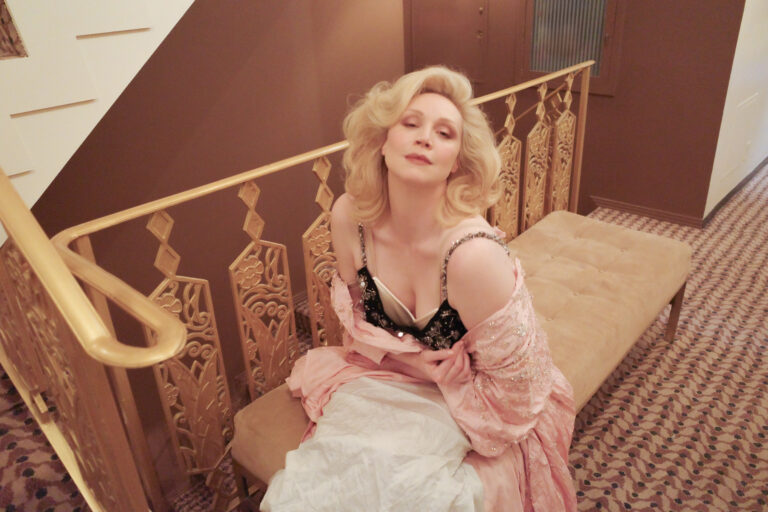
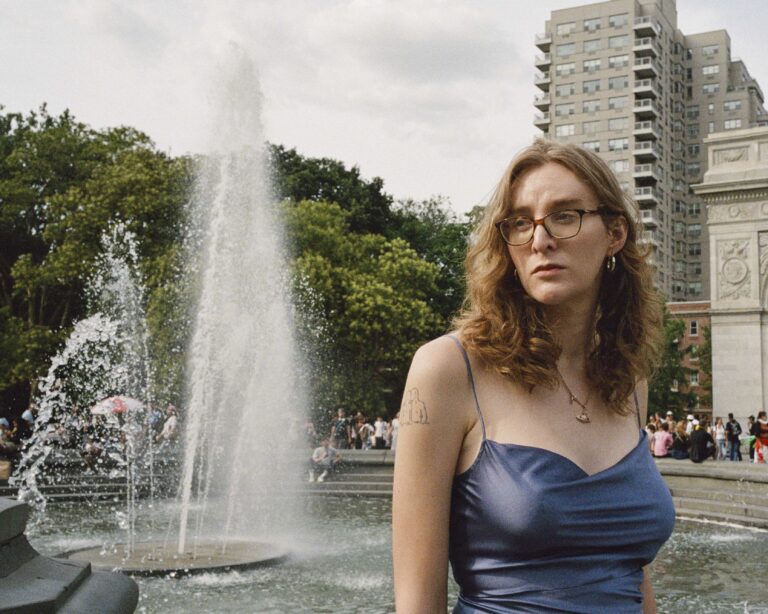
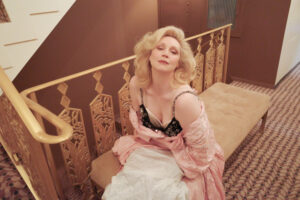
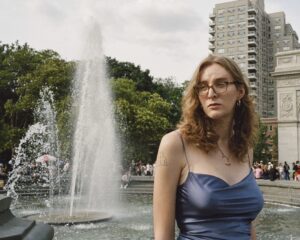



 in your life?
in your life?

